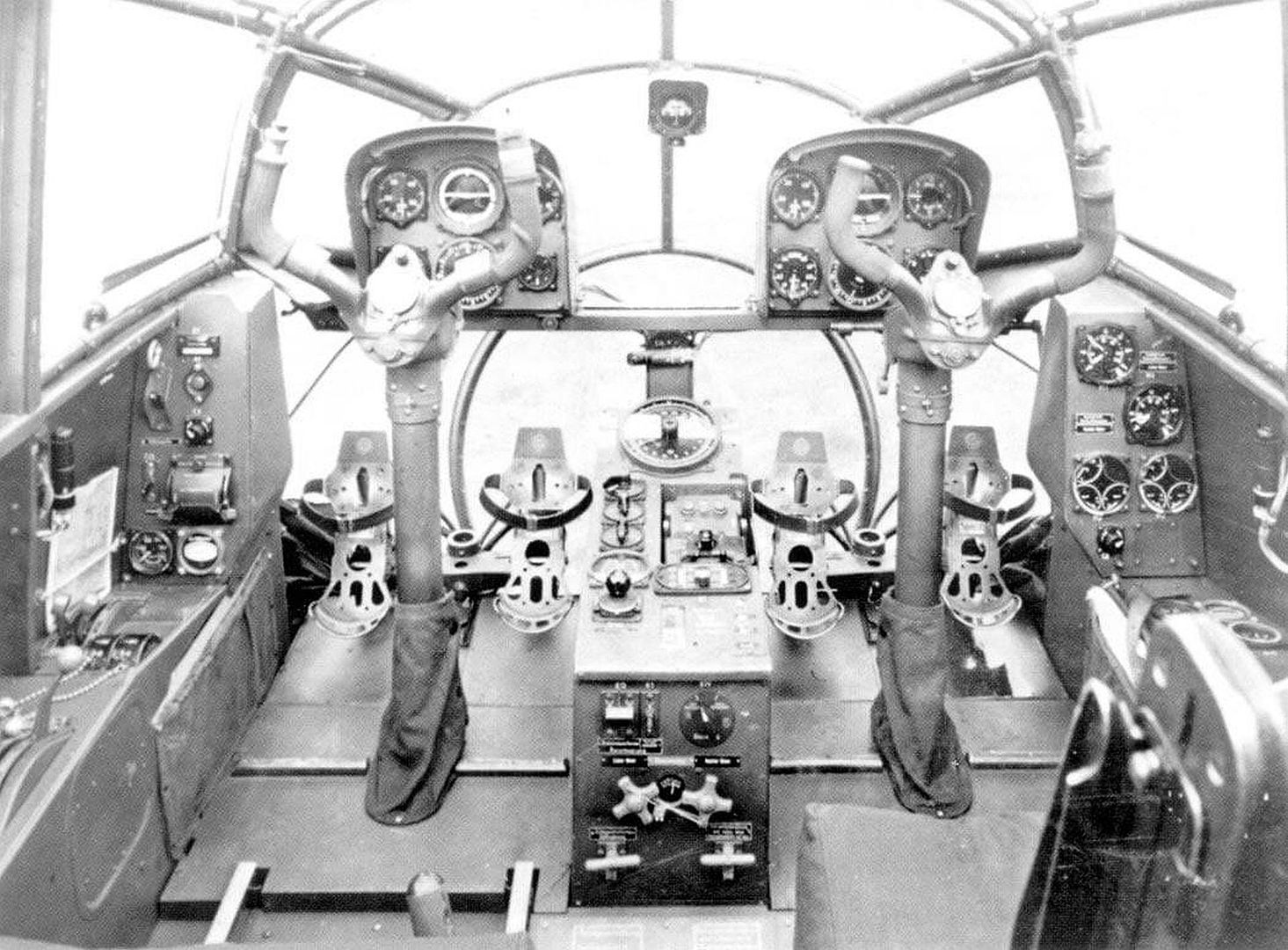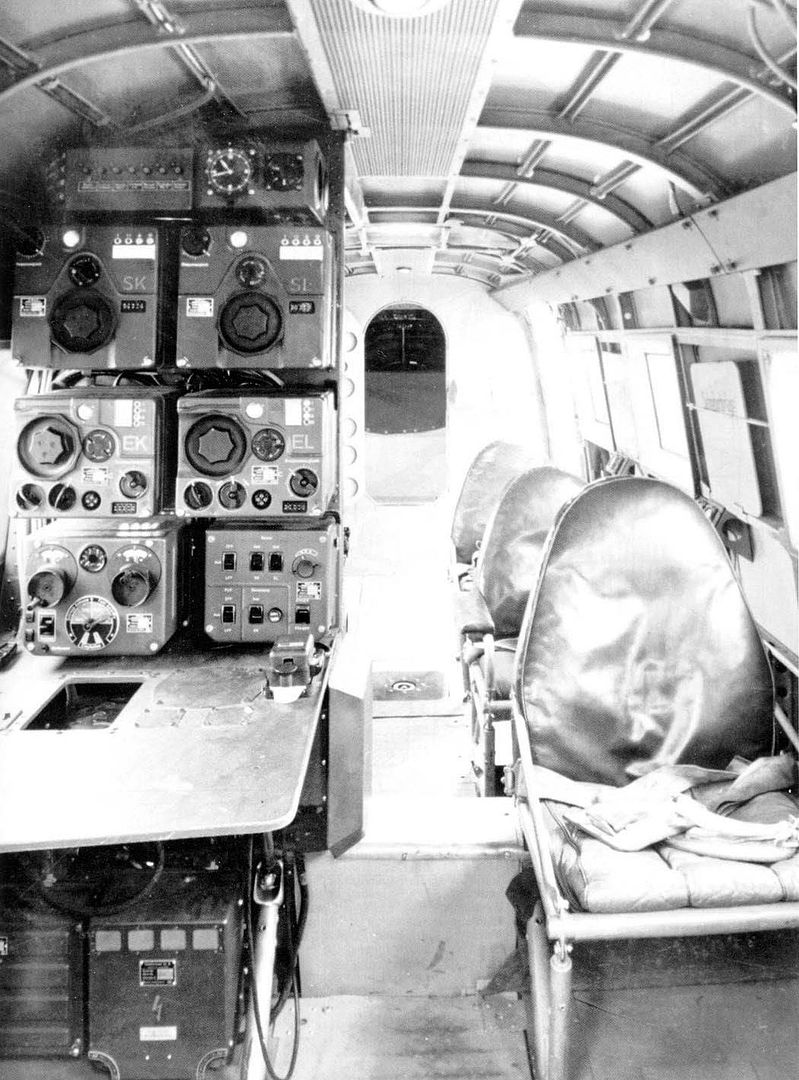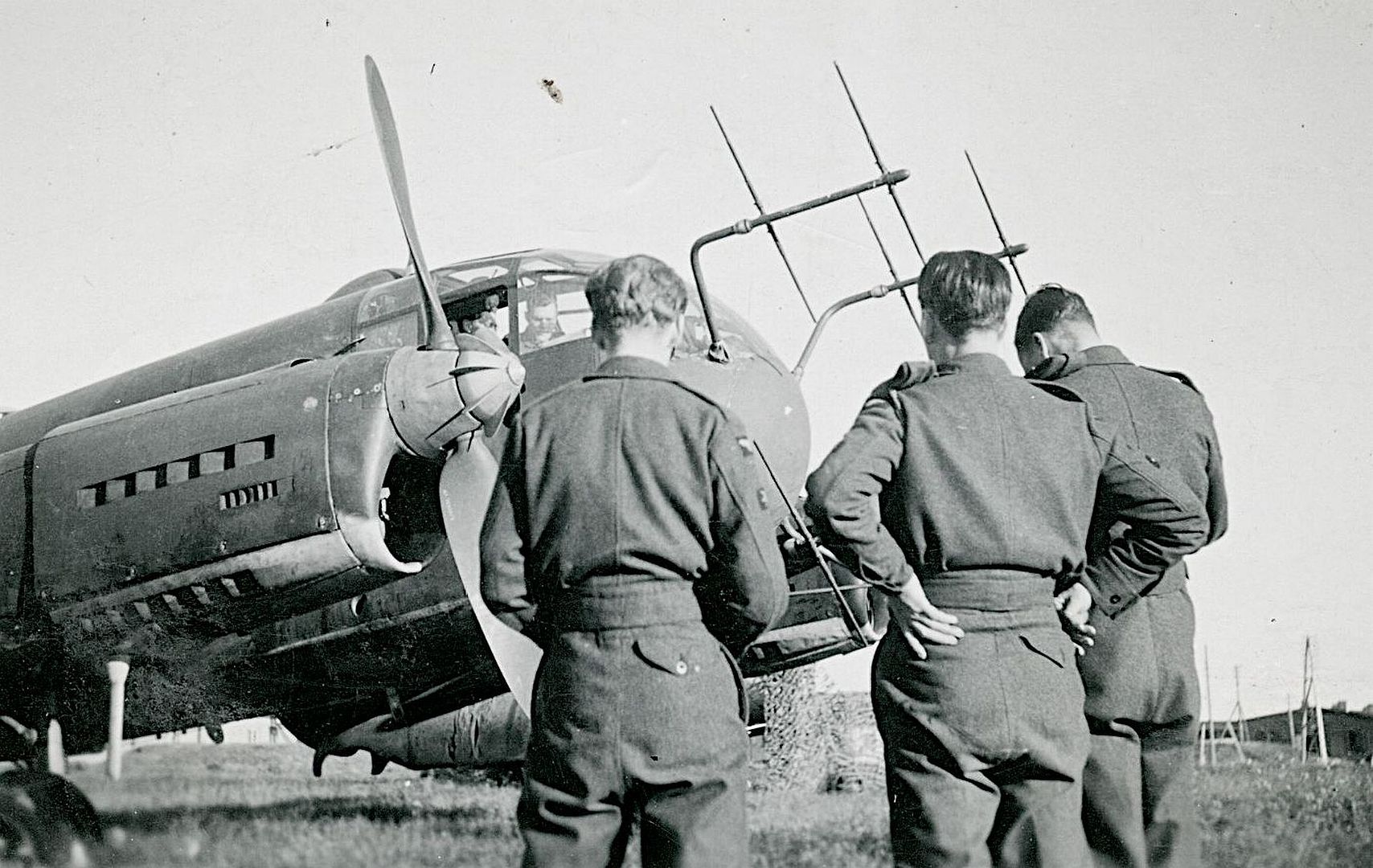Forums
- Forums
- Duggy's Reference Hangar
- Luftwaffe Library
- Siebel Si 204
Siebel Si 204
Post a reply
- Go to Previous topic
- Go to Next topic
- Go to Welcome
- Go to Introduce Yourself
- Go to General Discussion
- Go to Screenshots, Images and Videos
- Go to Off topic
- Go to Works in Progress
- Go to Skinning Tips / Tutorials
- Go to Skin Requests
- Go to IJAAF Library
- Go to Luftwaffe Library
- Go to RAF Library
- Go to USAAF / USN Library
- Go to Misc Library
- Go to The Ops Room
- Go to Made in Germany
- Go to Campaigns and Missions
- Go to Works in Progress
- Go to Juri's Air-Raid Shelter
- Go to Campaigns and Missions
- Go to Works in Progress
- Go to Skinpacks
- Go to External Projects Discussion
- Go to Books & Resources
-
6 years agoSat Jul 19 2025, 10:57amDuggy
 Main AdminThe Siebel Si 204 was a small twin-engined transport and trainer aircraft developed in World War II. It was based on the Fh 104. Originally designed in response to an RLM development order for a small civil transport aircraft in 1938, it was eventually produced for the Luftwaffe.
Main AdminThe Siebel Si 204 was a small twin-engined transport and trainer aircraft developed in World War II. It was based on the Fh 104. Originally designed in response to an RLM development order for a small civil transport aircraft in 1938, it was eventually produced for the Luftwaffe.
Development and production
The Si 204 was planned as a small all-metal passenger aircraft with two crew and eight passengers for German airline Deutsche Luft Hansa (DLH). Development was initiated in 1938. The contractor was, as usual, the RLM, but the development was conducted in close collaboration between DLH and Siebel in Halle.
After the beginning of the war, the aircraft was redesigned as a trainer aircraft with a full "stepless" glass cockpit, as had been initiated with the He 111P in early 1938, with no separate flat windscreen for the pilot (much as almost all German bomber aircraft of the time were being designed), which seemed to be better for blind flying in the Si 204's case.
The first two prototypes only were delivered as passenger aircraft with the old cockpit. The maiden flight of the first prototype was before September 1940, possibly on 25 May 1940, that of the second prototype before February 1941. The third prototype was redesigned as a trainer aircraft for blind flying. As a result of this, the maiden flight was not earlier than the end of 1941 or the beginning of 1942.
At that time, Siebel produced the Junkers Ju 88 under licence, so only 15 prototypes were able to be built in Halle. As a result, Soci?t? Nationale de Constructions A?ronautiques du Nord (SNCAN) in France produced the A-0 preseries A-1 production passenger aircraft between April 1942 and November 1943.
Ceskomoravsk? Kolben-Danek (CKD, called B?hmisch-M?hrische Maschinenfabrik AG [BMM] in German) in the Protectorate of Bohemia and Moravia delivered the first blind flying trainer D-0 in January 1943 followed by production of a further 44 D-0 preseries aircraft. The D-1 series was begun in March 1943 by Aero Vodochody, also in the Protectorate, and by BMM in June or July 1943. In August 1943, SNCAN also delivered their first D-1.
Production of the D-3 was started in October 1944 by Aero Vodochody. The D-3 had wooden wings and a tail-plane made of wood and metal. French production of the D-1 was ended in August 1944 after the Liberation. SNCAN produced a total of 168 units of the Si 204. BMM produced the aircraft until October 1944 and then changed to producing spare parts for the Si 204. The Aero company was scheduled to cease production of the D-1 in March 1945 after building 486 aircraft and then switch to D-3 only. The aircraft, however, was only built until January 1945 with 541 completed.
Therefore, total production was 1,216 (until January 1945) including the prototypes; some production in other countries continued after the war ended.
Operational history
The Si 204D was used mainly in B- and C-Schools (advanced schools) and in F?G 1 (delivery wing of the Luftwaffe), probably as a taxi aircraft for crews who had delivered other aircraft to fighting units. Its use in blind flying schools was sporadic; for radio schools, no evidence of use has been found. The Si 204A flew mainly with communications squadrons and flying services for senior officers, but also with schools.
In July 1944, five Si 204 were destined to be converted to night-combat aircraft, but no further aircraft were allotted. They were probably intended for the pre-series Si 204 E-0. However, no evidence shows that these aircraft were ever used in combat situations.
Luft Hansa received at least four Si 204s: The first prototype, D-AEFR, was evaluated from March to May 1941 by Luft Hansa Prague. From spring 1942 to spring 1943, the second prototype, D-ASGU, was used on regular routes as a freight carrier.
An Si 204 was likely the last German aircraft shot down on the Western Front. At 8 pm on May 8, 1945, 2nd Lt. K. L. Smith of the 9th Air Force's 474th Fighter Group, flying a P-38 Lightning, downed a Siebel 3 miles southeast of Rodach, Bavaria.
At the end of the war, one Si 204D remained in Berlin-Tempelhof (named ?Rhein?). One flew to Enns in Austria, where it was captured by the Allies. Captured Si 204s flew in a variety of roles in the Soviet Union, including with Aeroflot and TsAGI, but were all quickly phased out of service as local aircraft manufacturing was re-established.
After the war, the production of Si 204's continued in Czechoslovakia and France. In Czechoslovakia Aero Vodochody produced 179 Si 204D, developed into military trainer variants Aero C-3A and C-3B (the latter for bombardier training), passenger variant C-103 and military transport variant Aero D-44 until 1949. In France SNCAC (Soci?t? Nationale de Constructions A?ronautiques du Centre), commonly known as A?rocentre, produced 240 transport NC.701 Martinets and a number (110?) of passenger NC.702 Martinets. The NC.701 was distinguished by three-blade propellers and was powered by 440 kW (590 hp) Renault 12S-00 engines. The NC.702 had a modified nose.

















Specifications (Si 204)
General characteristics
Crew: one or two pilots
Capacity: up to 8 passengers or up to 1,650 kg (3,638 lb) cargo
Length: 13.00 m (42 ft 8 in)
Wingspan: 21.33 m (70 ft 0 in)
Height: 4.25 m (14 ft 0 in)
Wing area: 46 m? (495 ft?)
Empty weight: 3,950 kg (8,709 lb)
Max. takeoff weight: 5,600 kg (12,348 lb)
Powerplant: 2 ? Argus As 411-A1 air-cooled V12 engines, 441 kW (592 hp) each
Performance
Maximum speed: 364 km/h (228 mph)
Range: 1,400 km (875 miles)
Service ceiling: 6,400 m (20,992 ft)
Rate of climb: 360 m/min (1,181 ft/min)
Post a reply
- Go to Previous topic
- Go to Next topic
- Go to Welcome
- Go to Introduce Yourself
- Go to General Discussion
- Go to Screenshots, Images and Videos
- Go to Off topic
- Go to Works in Progress
- Go to Skinning Tips / Tutorials
- Go to Skin Requests
- Go to IJAAF Library
- Go to Luftwaffe Library
- Go to RAF Library
- Go to USAAF / USN Library
- Go to Misc Library
- Go to The Ops Room
- Go to Made in Germany
- Go to Campaigns and Missions
- Go to Works in Progress
- Go to Juri's Air-Raid Shelter
- Go to Campaigns and Missions
- Go to Works in Progress
- Go to Skinpacks
- Go to External Projects Discussion
- Go to Books & Resources
